Product Description
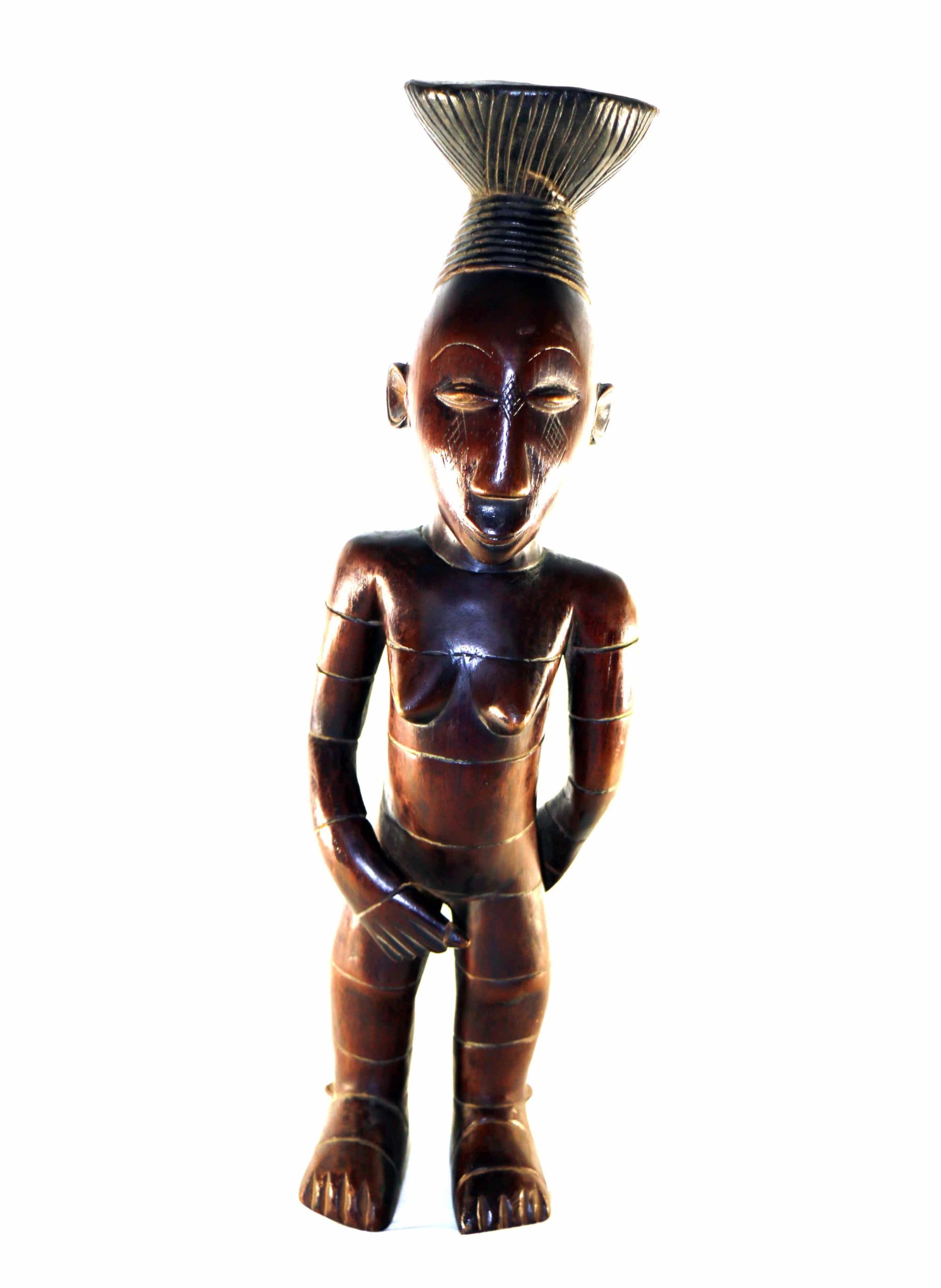
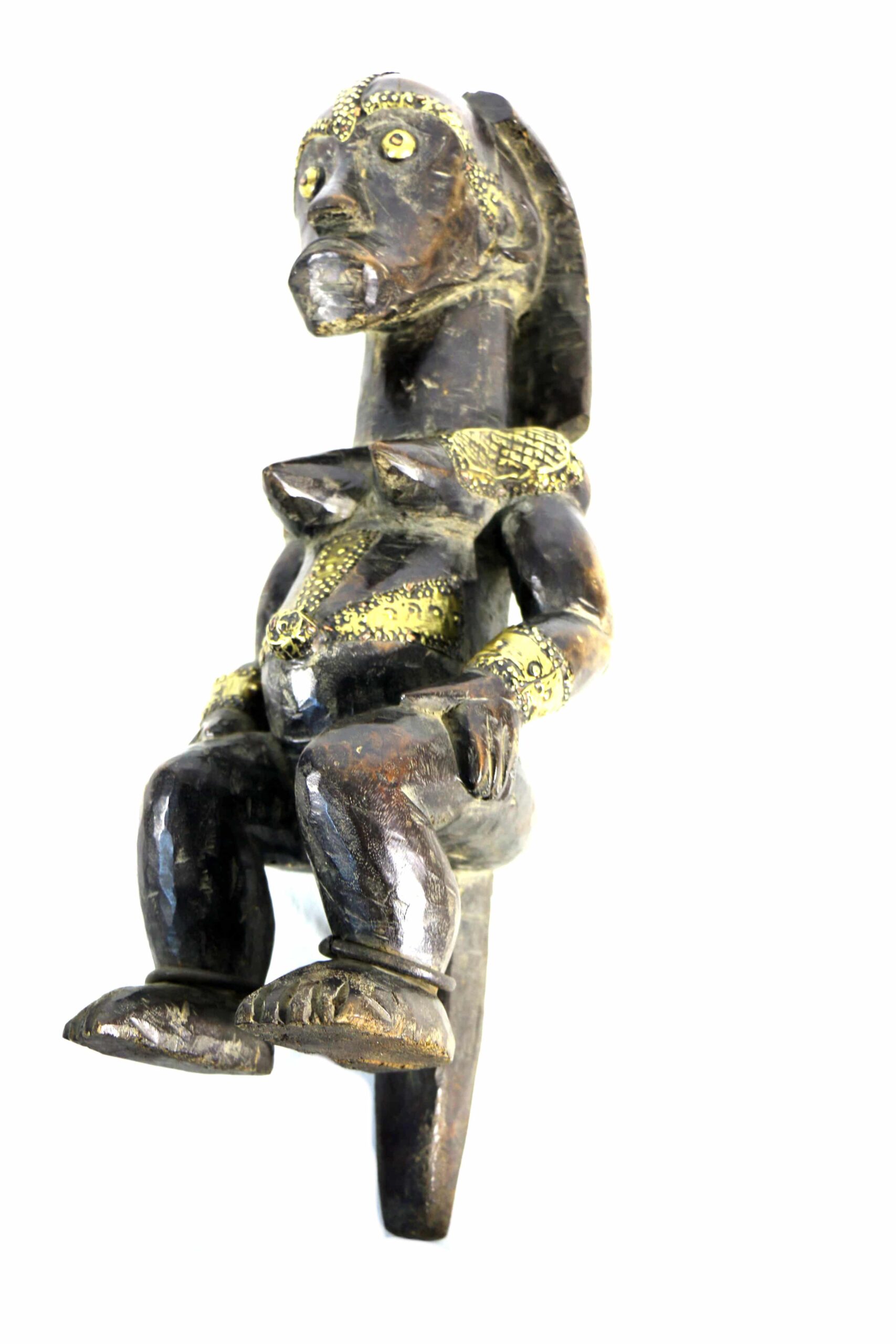
Tugubele Figure, Senoufo – Ivory Coast
This hand-carved anthropomorphic figure comes from the Ivory Coast/Mali and is called Tugubele. It has preserved its authenticity, surface, and aged patina. The wood carving is exquisite and exaggerated features, have all of the hallmarks of the Senufo people.
Made of 100% wood
Model is W 72 – H 23 and weight 0.5 kg.
Description
This beautiful female Tugubele figure is from the Senufo people of Ivory Coast, Mali, and Burkina Faso. She is very well carved with the hallmarks of classic Senufo sculpture in terms of details and style. It has preserved its authenticity, surface, and aged patina. The wood carving is exquisite and exaggerated features, are classic Senufo features enhanced by complex scarification on her face and the front of her body. The figure depicts a mature woman in her prime. Her face is subtle and beautifully designed features with an elegant long nose and facial marking and a mouth that is defined by scarification markings. Her hairstyle is typical Senufo and represents a stylized kalao bird, one of the five primordial creatures in the Senufo pantheon.
The “tugubele” are creatures of the wild. They are said to be good friends with humans and animals as well and act as an intermediate between them. When a tree has to be cut down their living space is violated and they require sacrifices in return. They want their existence to be accepted. Like humans, they live in a community. They are dwarf-like small and of human shape.
The Senufo are spread across the Ivory Coast, Mali and Burkina Faso and number about one and a half million in total, sustaining a living off of farming and occasional hunting. They live in villages that are governed by a council of elders, who in turn are led by a chief that was elected from them. The tribal structure if controlled through the rituals of the Poro society who initiate and control the men from as young a seven yours of age and on. The Poro society organization was based on age grades; they exert social and political control, convey traditional knowledge, and fulfill religious functions, especially during elaborate funeral ceremonies. The Senufo spirituality is based on the god and goddess principals, with their powerful god, Koulotiolo, and goddess mother, Katielo, regenerating the world through the rituals of the Poro society.
Additional information
| Weight | 5.5 kg |
|---|---|
| Dimensions | 72 × 23 cm |
Leave a reply Cancel reply
Returns and Exchanges
There are a few important things to keep in mind when returning a product you purchased.You can return unwanted items by post within 7 working days of receipt of your goods.
- You have 14 calendar days to return an item from the date you received it.
- Only items that have been purchased directly from Us.
- Please ensure that the item you are returning is repackaged with all elements.
Ship your item back to Us
Firstly Print and return this Returns Form to:
30 South Park Avenue, San Francisco, CA 94108, USA
Please remember to ensure that the item you are returning is repackaged with all elements.
For more information, view our full Returns and Exchanges information.

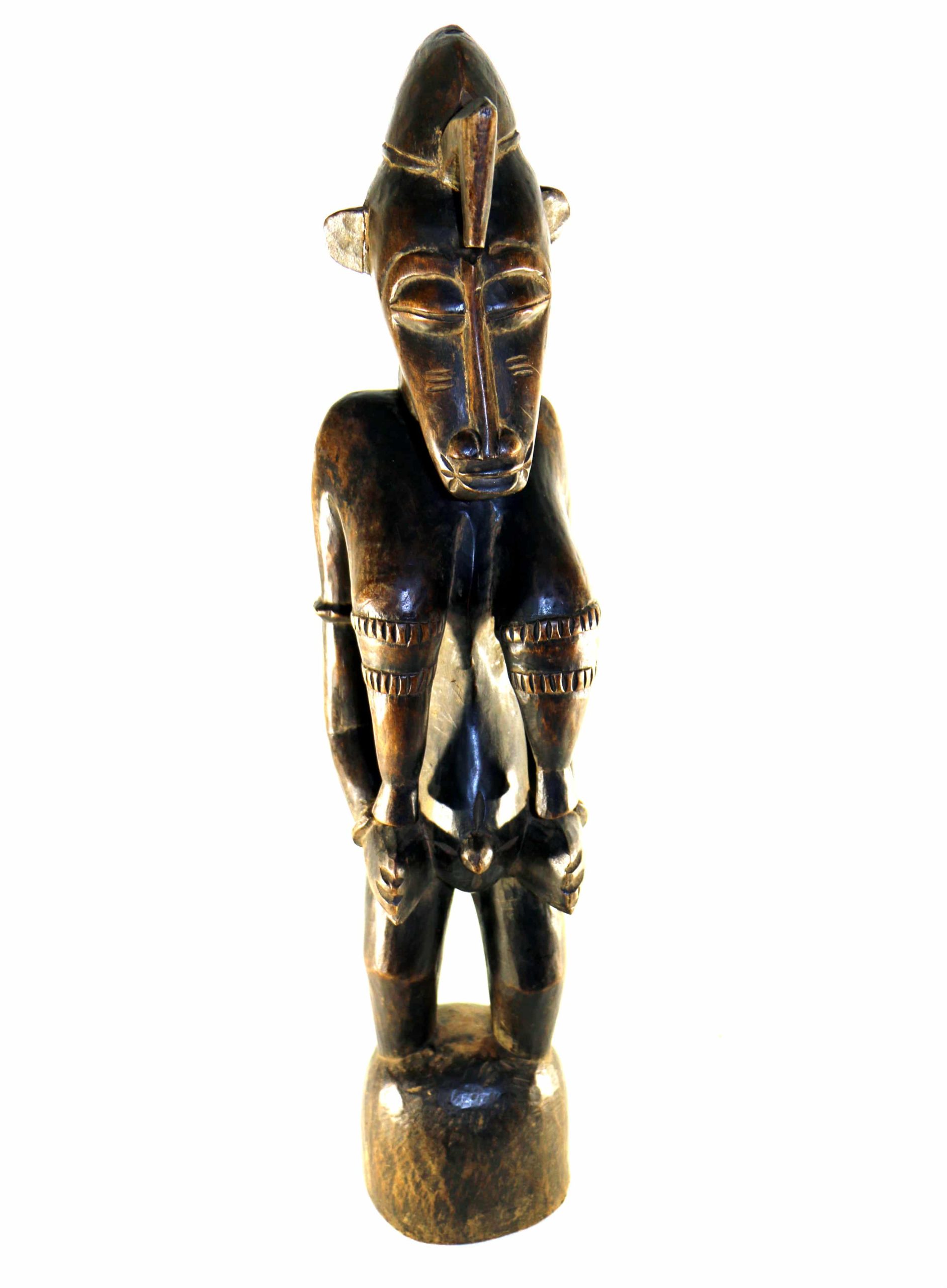
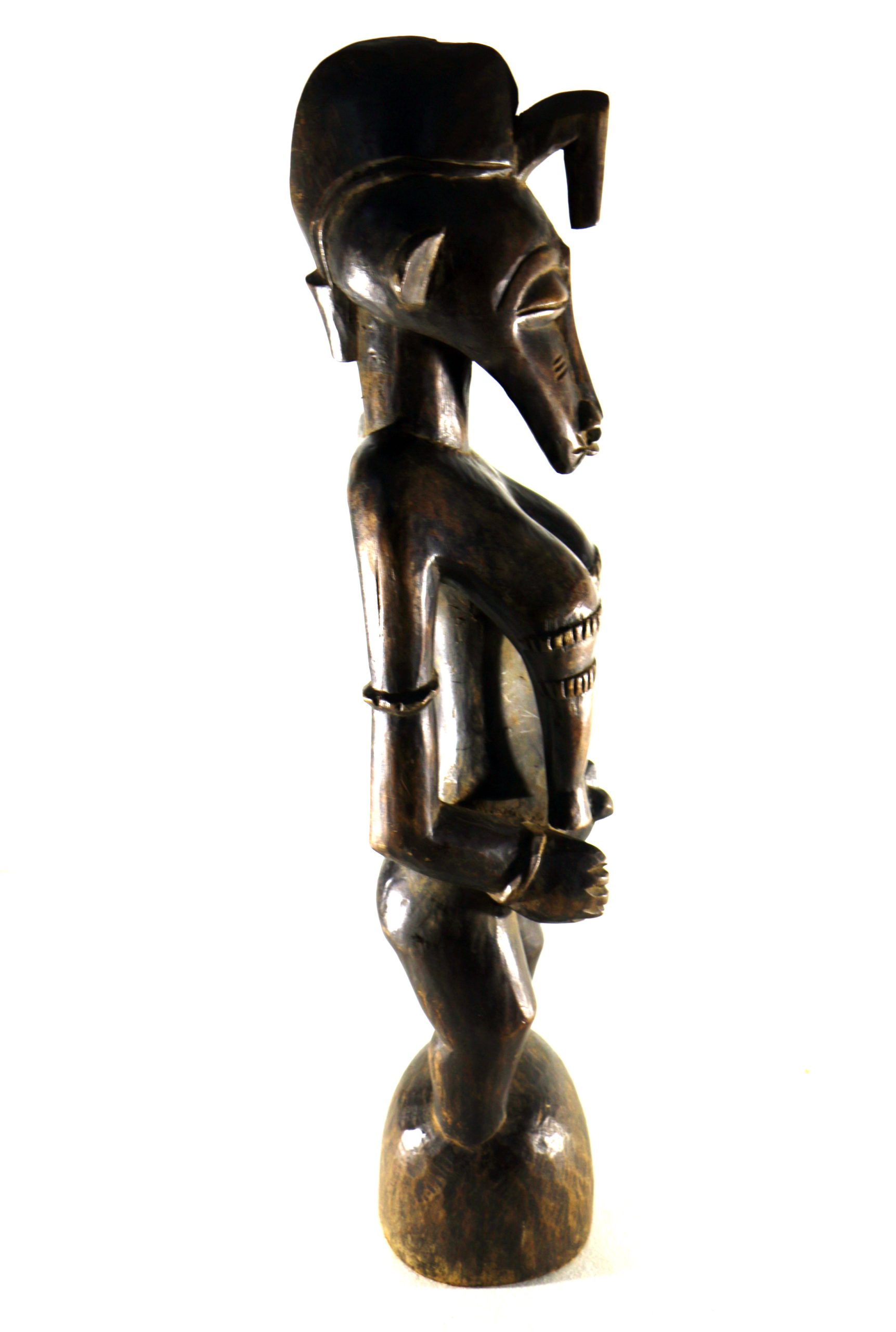
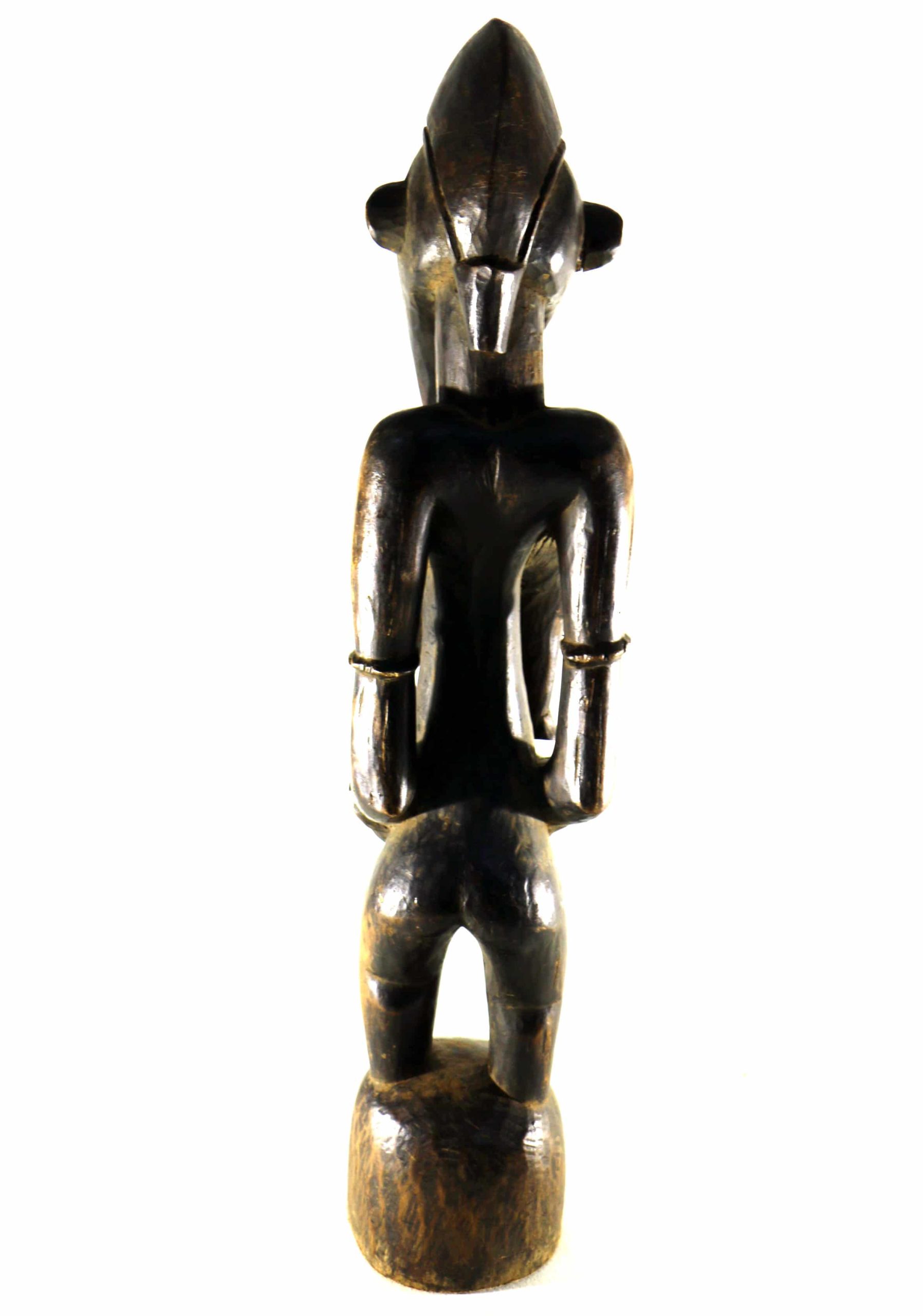
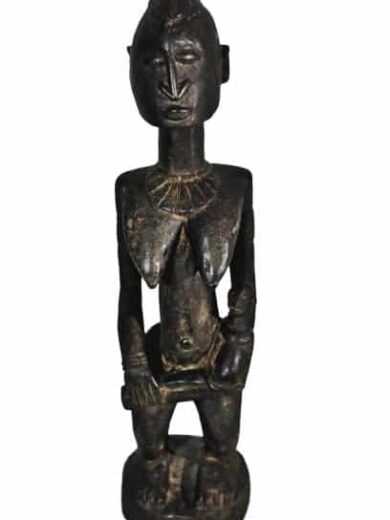
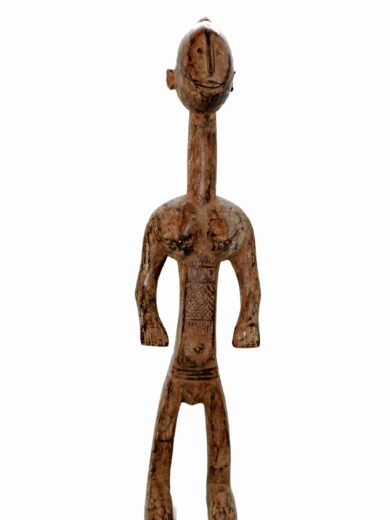
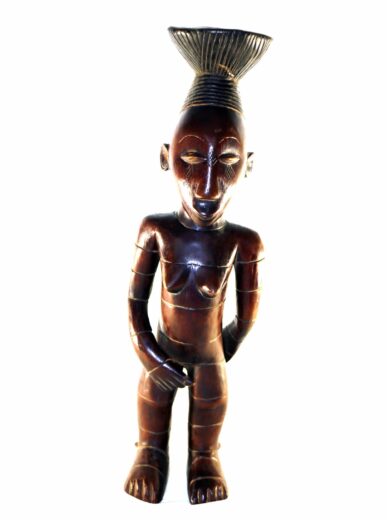
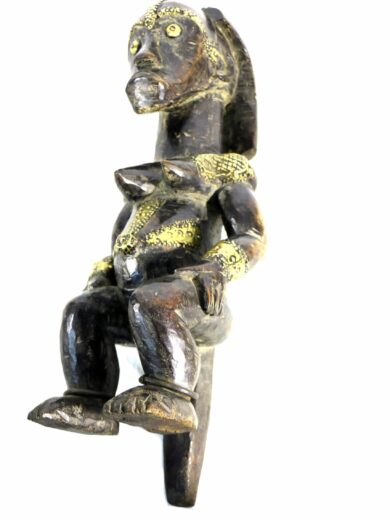
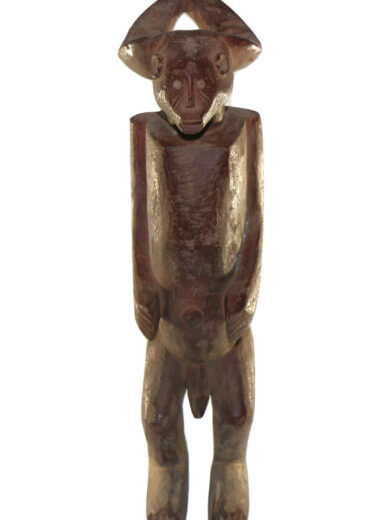
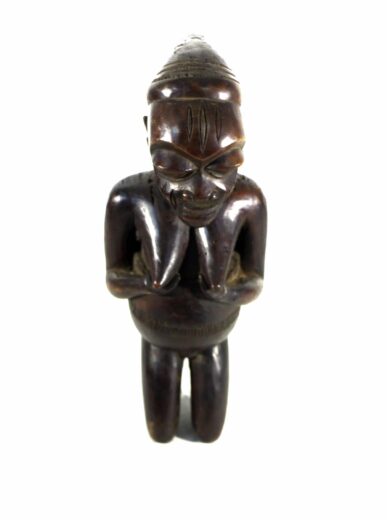
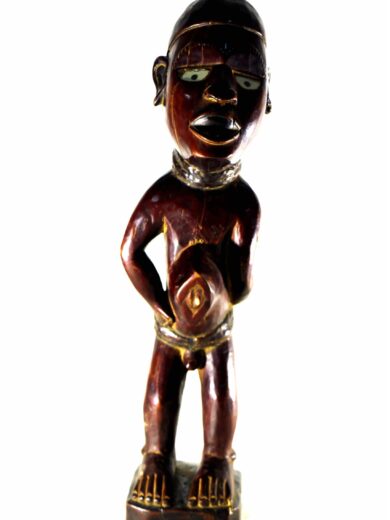
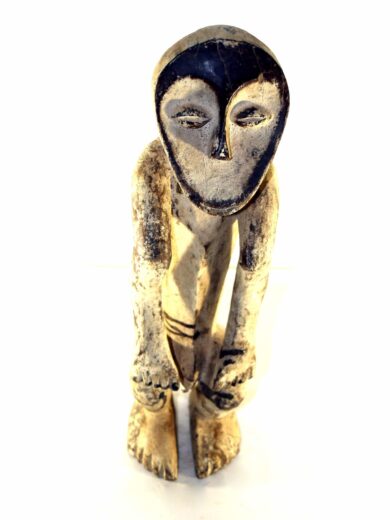
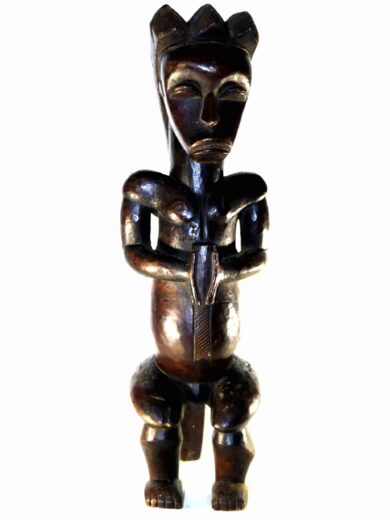
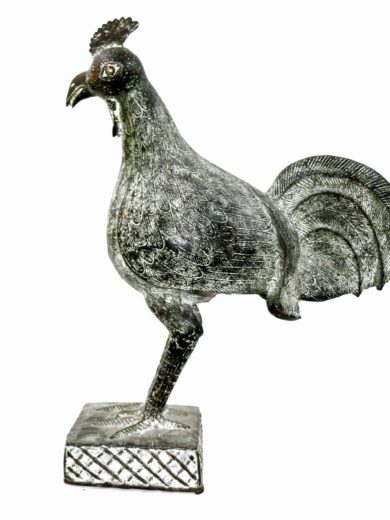
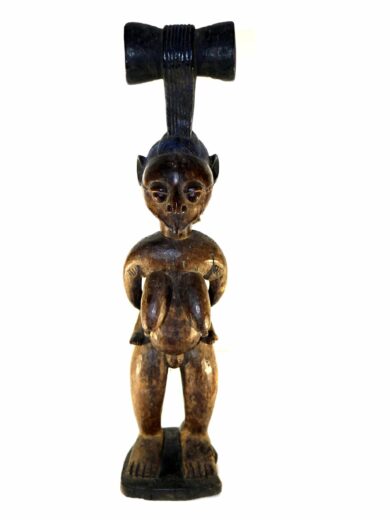
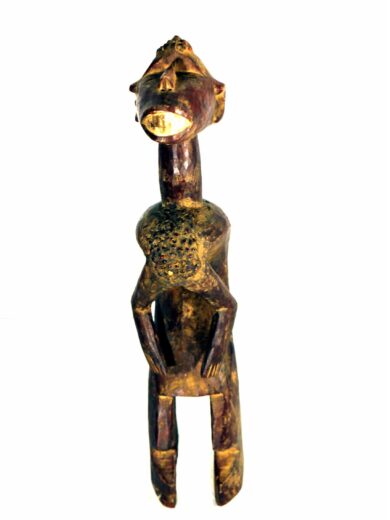
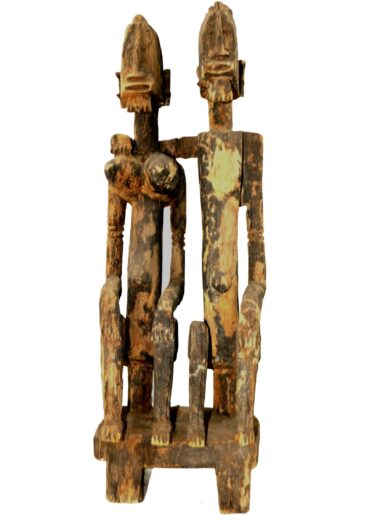
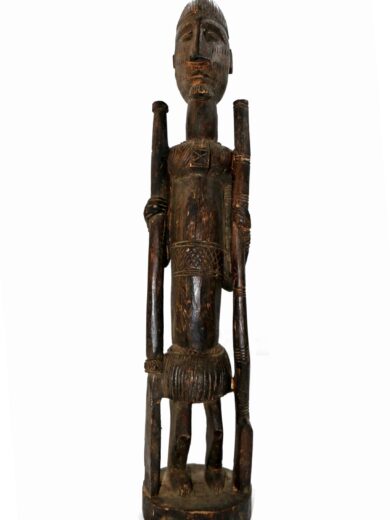
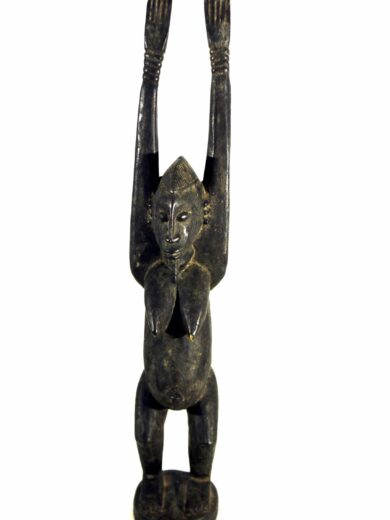
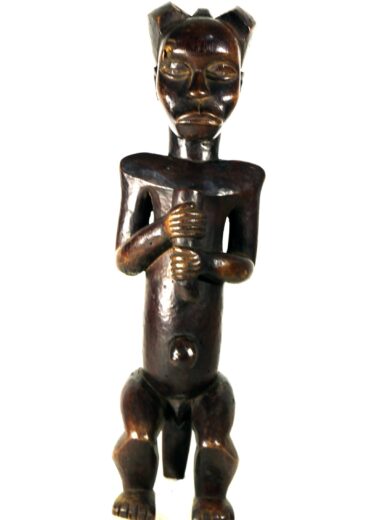
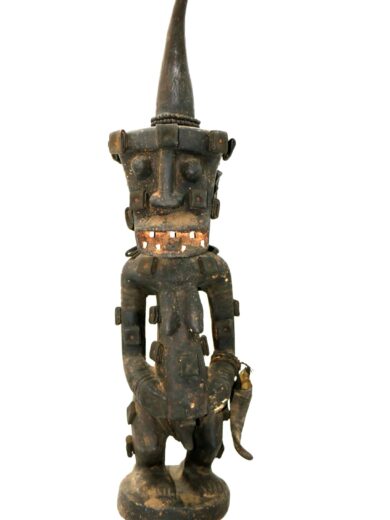
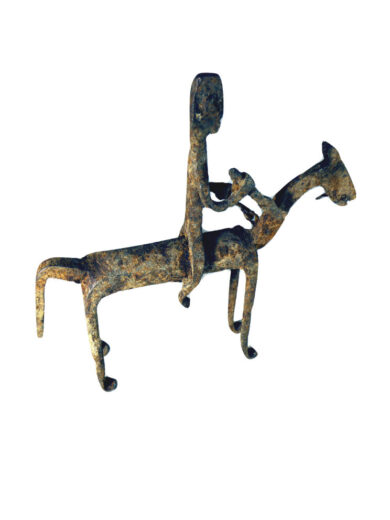
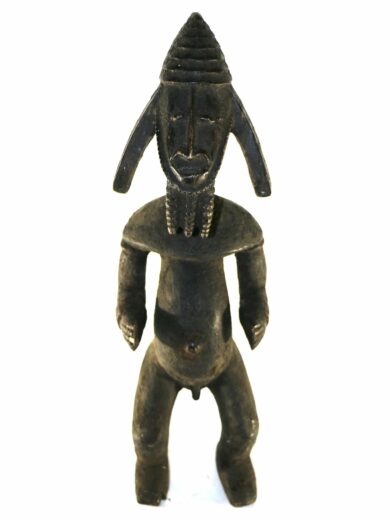
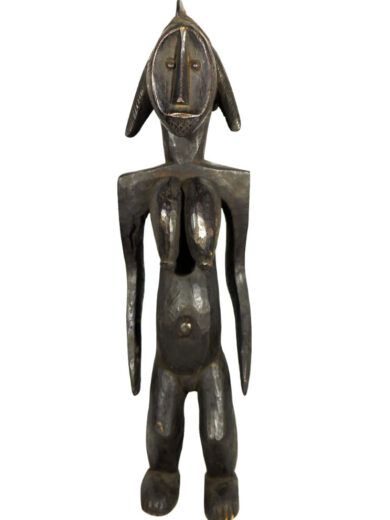
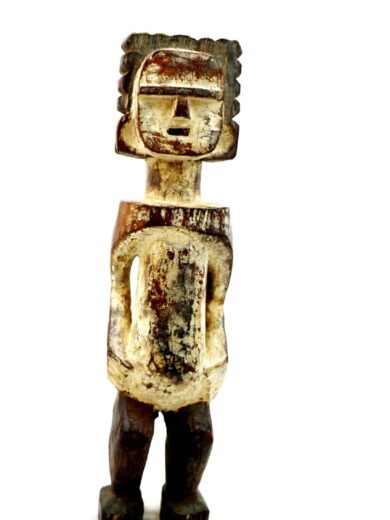
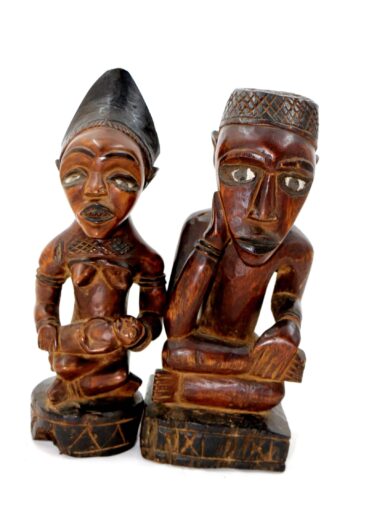
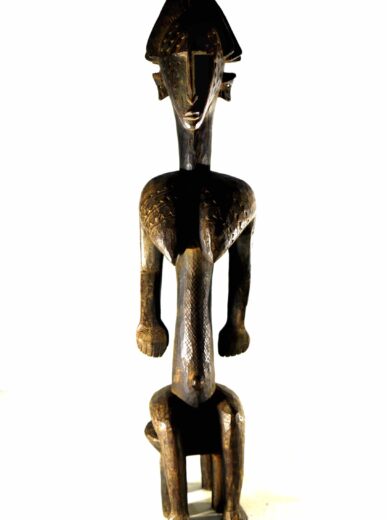
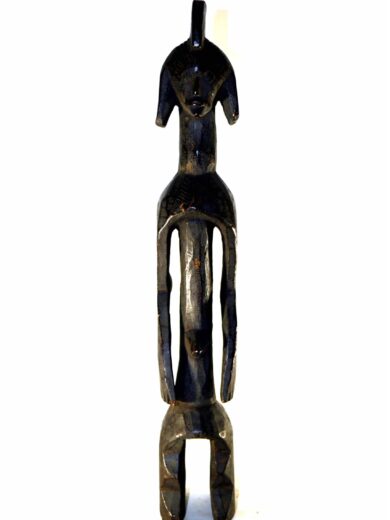
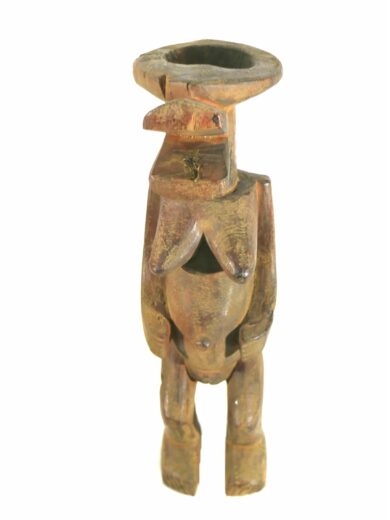
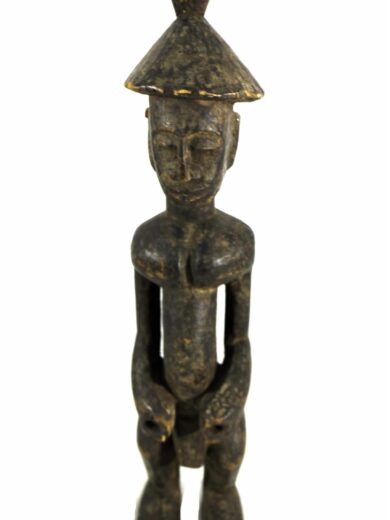
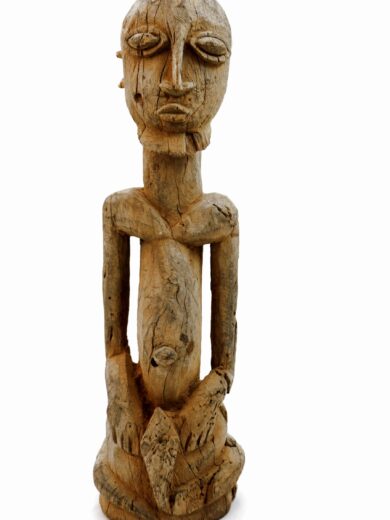
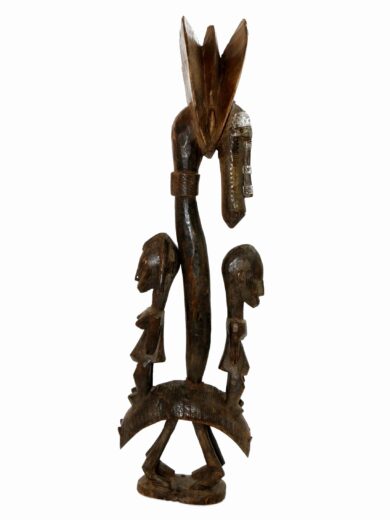
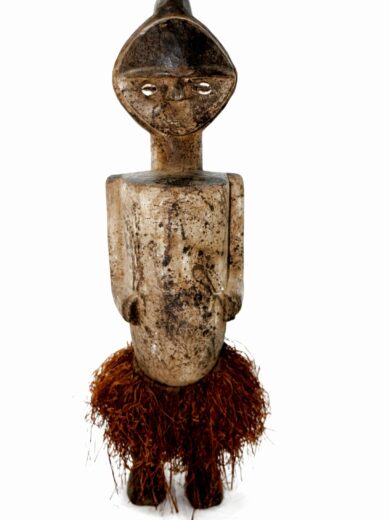
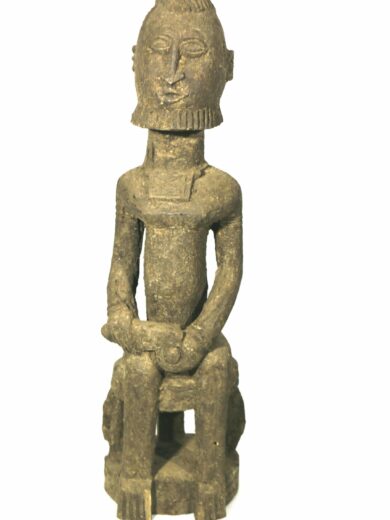
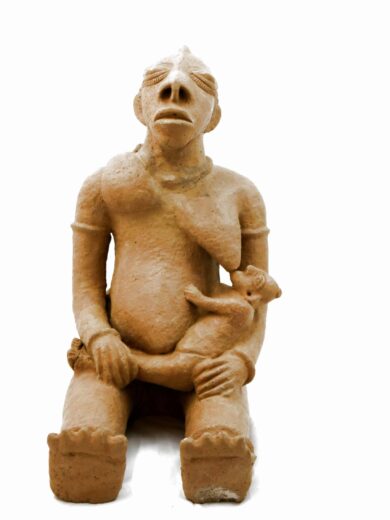
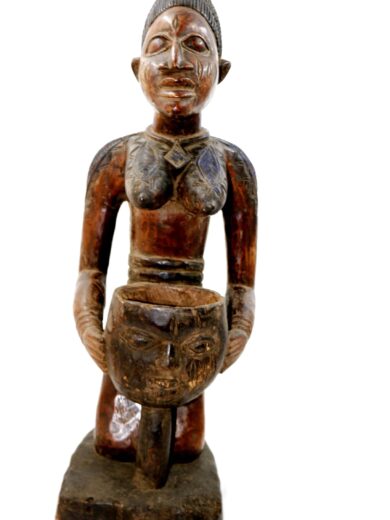
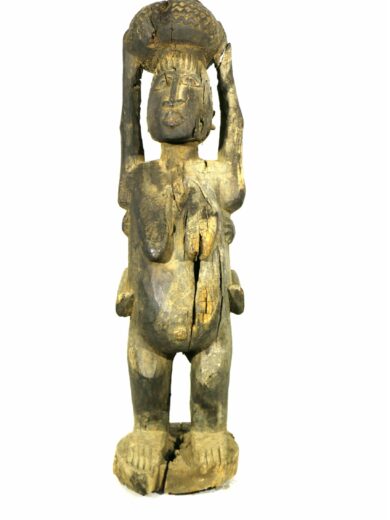
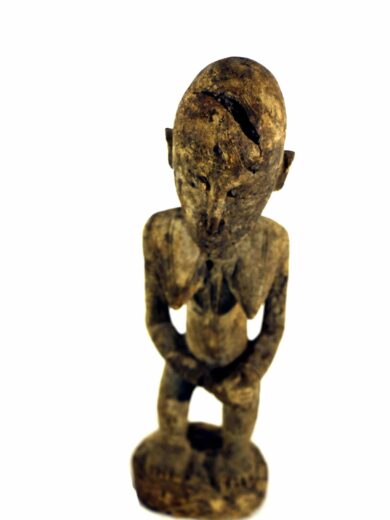
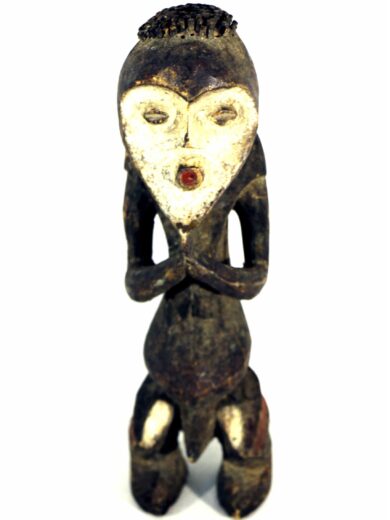
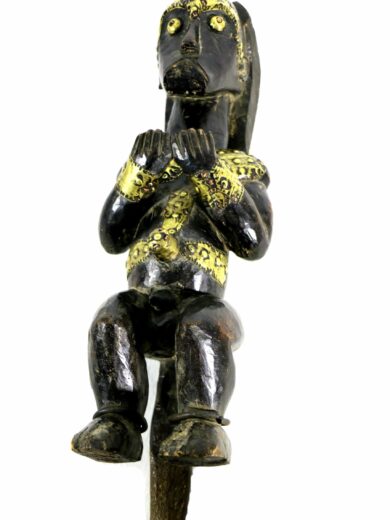
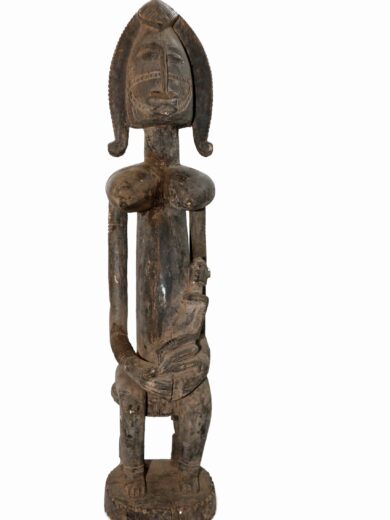
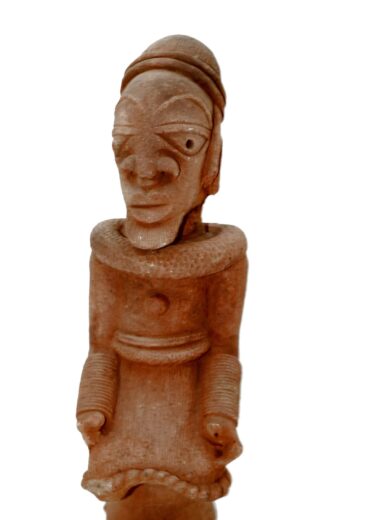
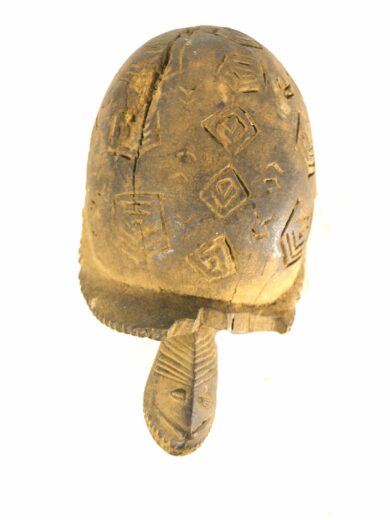
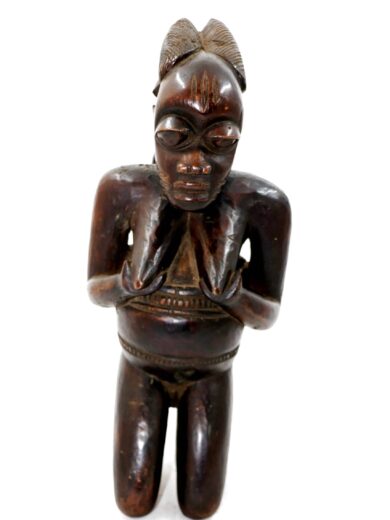
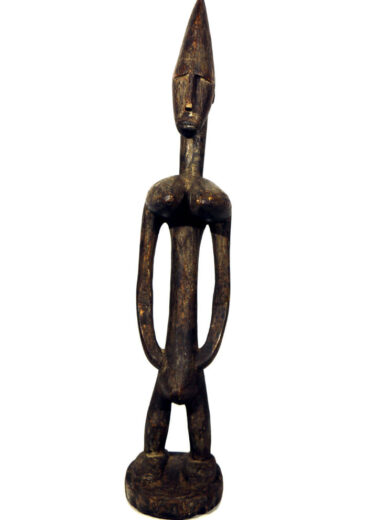
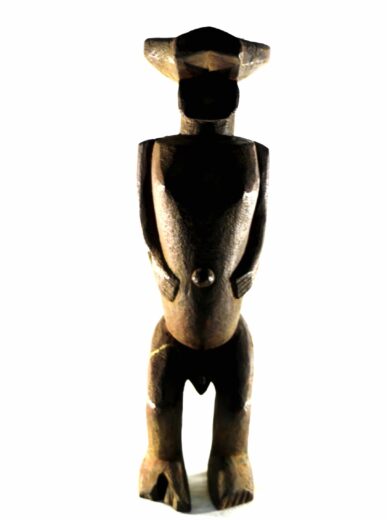
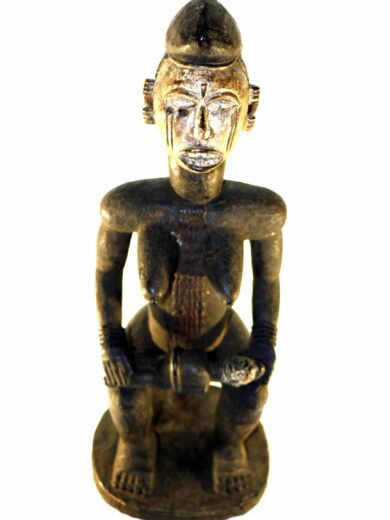
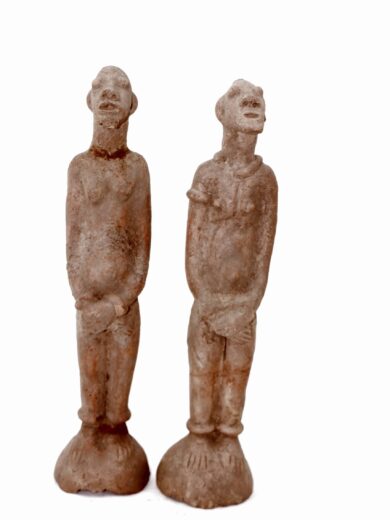
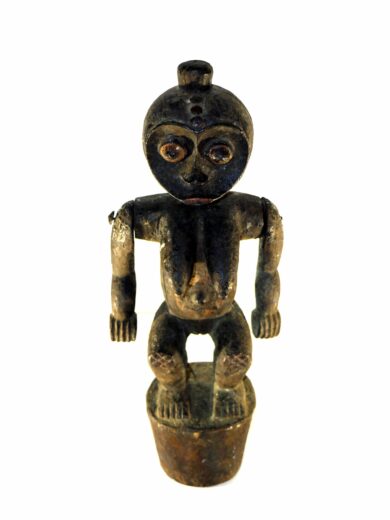
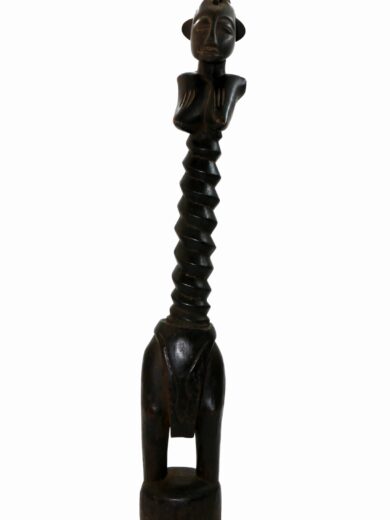
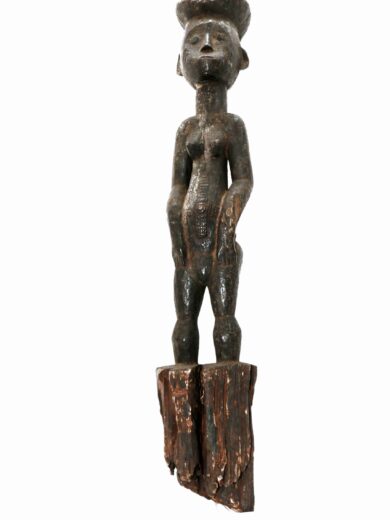
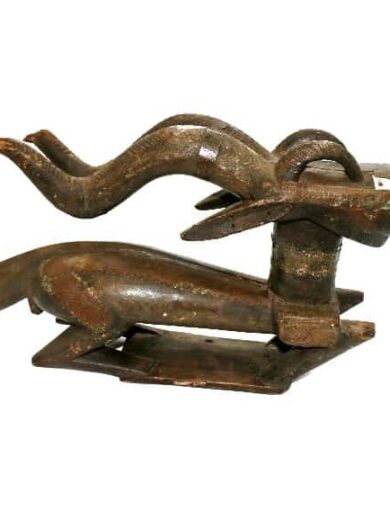
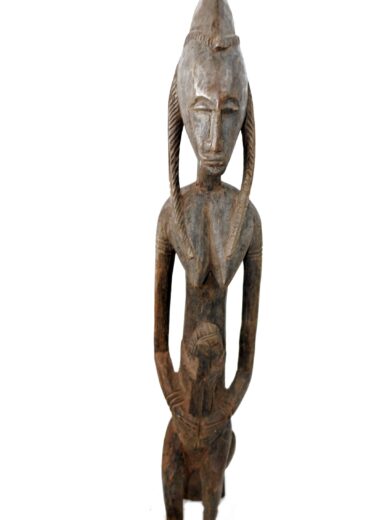
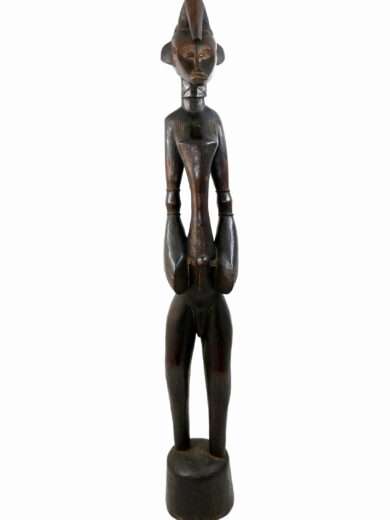

Reviews
There are no reviews yet.